There has never been a better time to begin acquainting yourself with contemporary Chinese literature, and Megan Walsh’s The Subplot: What China is Reading and Why it Matters is an invaluable guide to that journey. It is a slim volume, but it is broad in its scope. It is focused on Chinese works published and read within the last 20 odd years, roughly speaking. It might be fair to say that, to the extent that English readers may be familiar with Chinese literature, the last few decades represent a cut-off of sorts. These recent years have seen an explosion in content that is overwhelming to spectators both inside and outside of the language. Yet they also have seen a sharp move away from any kind of simple political dichotomy which may have categorized many observers of Chinese culture before. This transformative state within the literature of the world’s most widely spoken native language is certainly worth all our analyses. Not least of all because gradually more and more content from China is finding its way into our daily lives, often without bringing with it a much broader social or historical context. This book is sure to result in both the finding of new content and new connections and facilitate a better understanding of exactly where today’s Chinese words are coming from.
For readers already familiar with some current trends, it will help contextualize their readings. To situate Liu Cixin’s popular The Three-Body Problem (soon to be a Netflix series) not only within a larger context of this so-called golden age of Chinese science fiction but to see alongside other patterns. Readers of Mo Xiang Tong Xiu will be interested to know how her three paperback New York Times bestsellers are properly situated within a larger context of danmei, largely homoerotic fantasy principally serialized for online consumption. Fans of Nobel prize winner Mo Yan’s absurd application of magical realism may find even more incongruence to contemplate in Yan Linke’s “mythorealism.” Youtube watchers who have run into the “cottage core” videos of Li Ziqi may be interested to read Jia Pingwa’s Broken Wings, a less-than-glamorous account of a young woman’s life in the countryside . . . or to learn of the Bishan Project’s attempt at constructing a rural utopia. Fans of China’s Sixth Generation filmmakers will likewise be interested in the “subaltern” literature (dicengwenxue) of professional writers such as Cao Zhenglu and the self-published migrant literature (dagongwenxue) of Chinese workers speaking for themselves. Above all, such a wide overview of what is being read in China today should serve as an indispensable tool in thinking about what connects all of these disparate elements.
Although under a hundred pages, Walsh ensures that her book is packed with the best examples of the multiple notable trends. Her analyses of each, though lucid, are brief. She acknowledges from the beginning that she wishes primarily for the authors’ words to speak for themselves. Yet a certain betrayal that risks reducing art to a social phenomenon is necessary in order to link all of her examples together. We start with the “post-80s generation,” a common term used to describe writers born in the 1980s, following China’s widespread market reforms, and occasionally used with dismissive or pernicious intent. We are introduced to perhaps the most emblematic of that group’s figures, Han Han, who climbed to the heights of celebrity as a controversial blogger and internet influencer. A dropout, Han Han has become a millionaire while vocally flouting the importance of the gaokao, the grueling standardized college entrance exam — nearly tantamount to flouting the Chinese government itself. After dropping out of school at age 17, Han went on to write a satirical novel about the Chinese education system entitled Triple Gate. The Chinese education system, he would write on his blog, is designed “to give the impression that people have no natural talent and get everything from education. That way, after you leave school, you will naturally accept that human beings have no inherent rights.”
The charges most often leveled against the “post-80s” writers, especially by older generations, is that they represent a kind of whiny, decadent narcissism brought on by market-driven individualism with little to no sense of social responsibility. Yan Lianke, an older writer whose works have found international acclaim and domestic bans, once said that the self-centered rebellion of the “post-80s” writers wasn’t rebellious enough, as “few of them can be heard when faced with social issues.” We could see the author and teen idol Guo Jingming as epitomizing such generational failures, with what Walsh describes as his “unironic tales of Shanghai’s vapid, wealthy youngsters, the so-called baifumei and gaofushuai — ’white, rich beautiful girls’ and ‘tall rich handsome boys.’” Such associations have led some “post-80s” writers to alternatively reject the title or to reject their generation’s literature itself (such as Yang Qingxiang). On the other hand, such a rejection of broader social dimensions has sometimes manifested itself in more innocent introspection. Walsh uses the example of the public fracas between elder poet Guo Lusheng and emerging “post-80s” poet Yu Xiuhua. In the ’60s, Guo suffered persecution during the Cultural Revolution and poetically protested the government’s usurpation of the individual in all aspects of life. Nevertheless, he expressed nothing but contempt for the younger Yu’s poetic musings on sex, consumption, and socializing. Yu fired back: “My fault lies in being on the bottom rung of society and yet still insisting on holding my head up high.” The irony of the two using such similar language to talk past each other is the kind of cultural incident normally indicative of a greater profundity yet to be fully understood.
